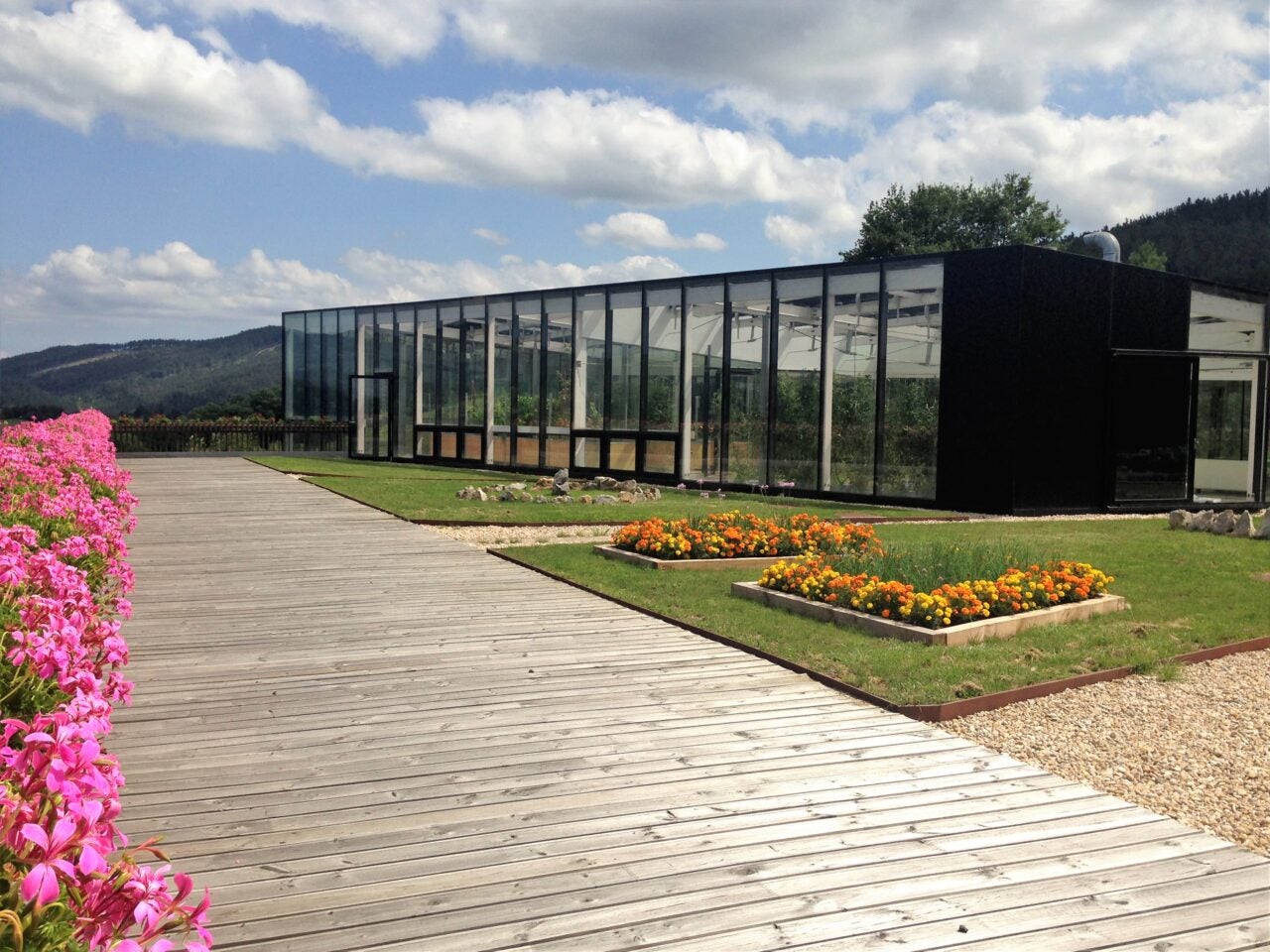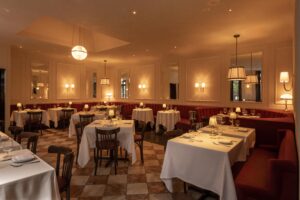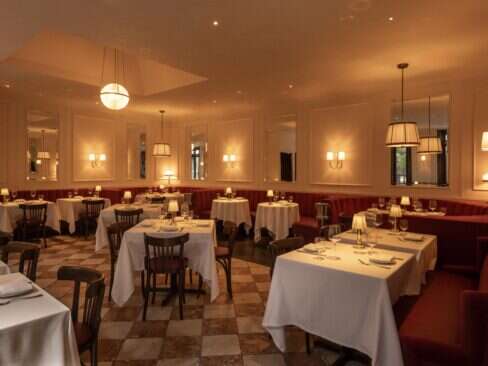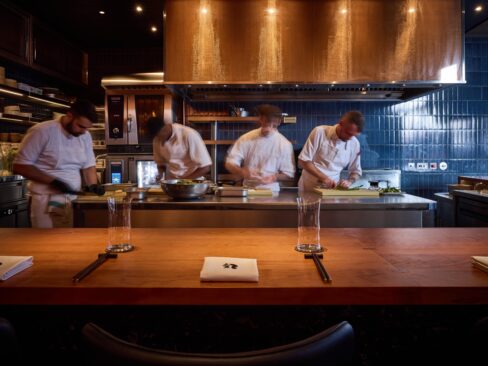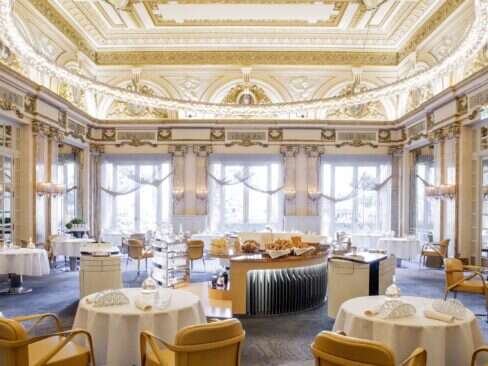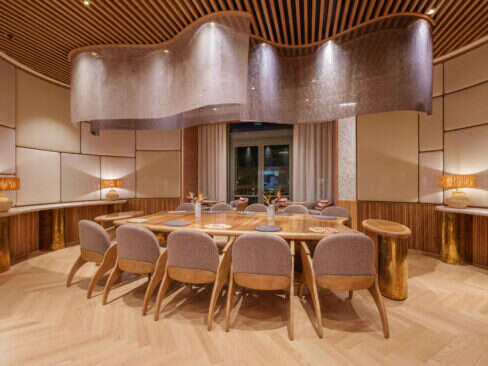Michelin launched the Green Star and a new ‘Commitment to sustainable gastronomy’ award in 2020. The aim was to highlight restaurants that showed environmental consciousness through, for example, sustainable food sourcing initiatives, waste disposal, or reducing their carbon footprint.
With the climate crisis ever more urgent, many of those with a passion for food are now looking not just for a fine dining experience, but also for a restaurant with a demonstrable commitment to saving the planet.
In the Elite Traveler Top Restaurants database, Sweden has the highest proportion of Michelin sustainability awards, with a third of its restaurants carrying one of the two certifications. France has the most choice: of its 363 Elite Traveler Top Restaurants, 60 have been awarded ‘Commitment to sustainable gastronomy,’ and 23 have a Michelin Green Star.
Ireland also does well, with 21% having received either award. The UK lags behind, with only seven of its 131 Elite Traveler Top Restaurants having the accolades.
Beyond Europe, California comes out on top: half of the Elite Traveler Top Restaurants in Los Angeles have the accreditations, and San Francisco scores well, too. It is a different story in the restof the United States, with New York and Washington DC’s top restaurants only having one Green Stareach, and none in Chicago.
[See also: The Chefs Fighting to Make Fine Dining Sustainable]
In London, only 2% of top restaurants have one of the awards, despite the city also being among the fine dining capitals of the world.
Azurmendi, a three Michelin-starred restaurant in Larrabetzu, Spain, was awarded the Michelin Green Star last year for its innovations in sustainability. It began by focusing on how it sourced its ingredients and branched out into other practices, including using cutting-edge reusable energy, planting more than 700 trees and working to save endangered seed varieties.
“Lots of small and medium gestures that, although they do not change the world, contribute,” says Eneko Atxa Azurmendi, chef and restaurant owner. “The important thing is that each one, to a greater or lesser extent, is contributing everything we can in this regard.”
Staff at Il Cantinone in Madesimo, Italy, which has received the Michelin 'Commitment to sustainable gastronomy’, also say sourcing of ingredients is crucial to making sustainability intrinsic to everything they do.
Looking in more detail at restaurants’ efforts to incorporate sustainability into their practices, Elite Traveler surveyed a sample of the 2,000 restaurants in our Top Restaurants database. We found that 8% grow the majority of their own produce, while a third source it from the local region and a further 12% aim to source produce from the same country.
“We decided to respect people, producers and the land around us by using local and seasonal products and also with technological solutions that can help us to reduce waste and energy consumption,” says chef Stefano Masanti.
Everything the restaurant uses – whether it’s meat, vegetables, cheese or wine – is sourced from the local area, and the team also grow vegetables themselves, which they fertilize with the compost from any waste created. Composting is still fairly uncommon, with only 9% of those surveyed saying they have on-site composting, though over 27% say they utilize local composting facilities.
Masanti says Il Cantinone also works to manage energy consumption: the restaurant has reduced its expenditure by 70% in recent years through the use of sustainable sources. They only use glass and metal when containers are needed, trying to cut plastic wherever possible.
Of the Top Restaurants surveyed, 29% recycle all packaging, and glass, paper and plastic are the most common recycling facilities.
Atxa Azurmendi says that sustainability is increasingly becoming a key demand of customers when they choose a fine dining experience.
“I believe that people are becoming more and more aware of sustainability issues, people are becoming more sensitive,” he says. “With sustainability, we try to add a parallel value, more and more people have realized this need.”
[See also: The Most Iconic Restaurants of the Elite Traveler Era]
Everyone, but particularly those who utilize the natural world in their work, he says, must make the preservation of the planet a top priority.
“I understood that my most important source of inspiration, the environment that surrounds me, was running out, was dying and that we were late,” he says. “Be aware that it is our responsibility to give back to the new generations what our ancestors left us to care for and preserve.”





